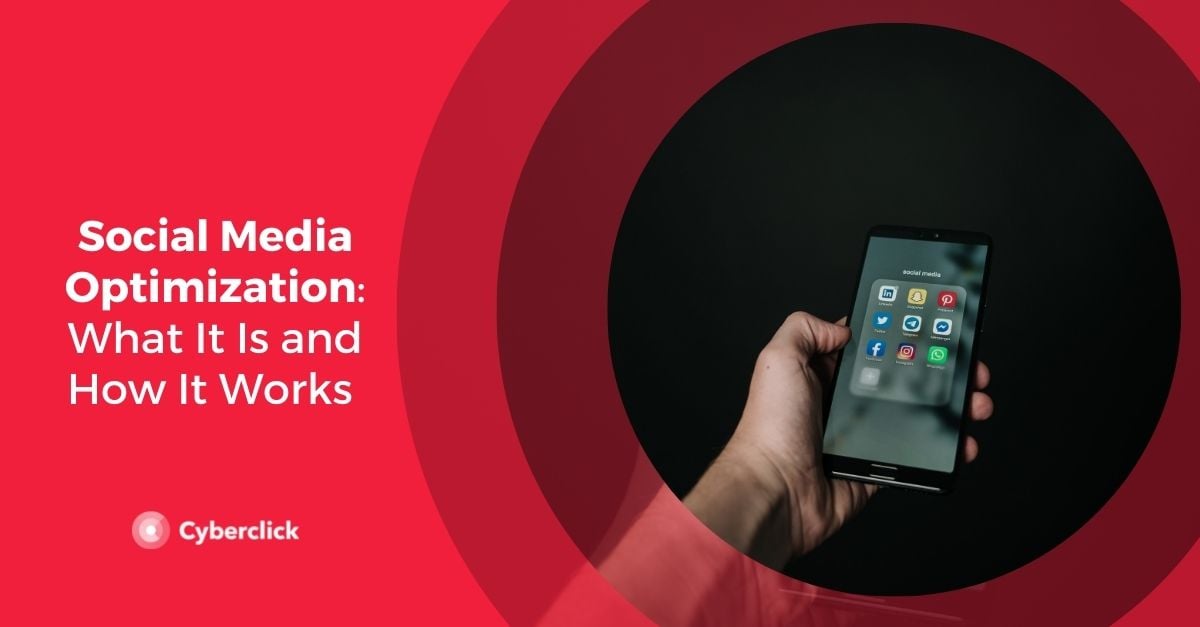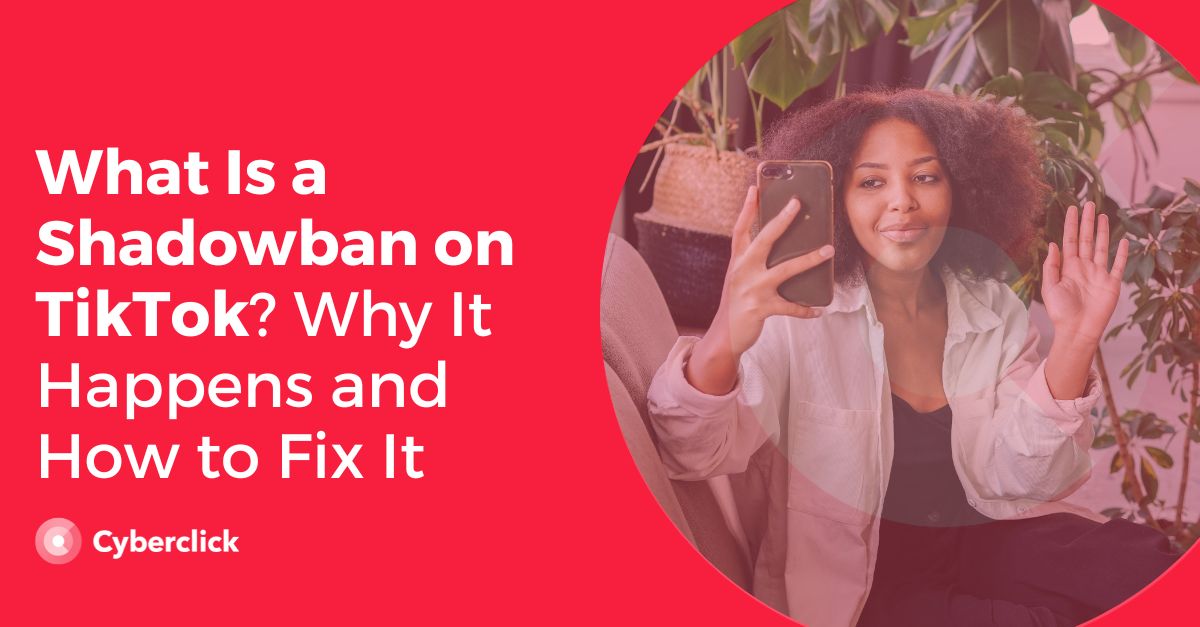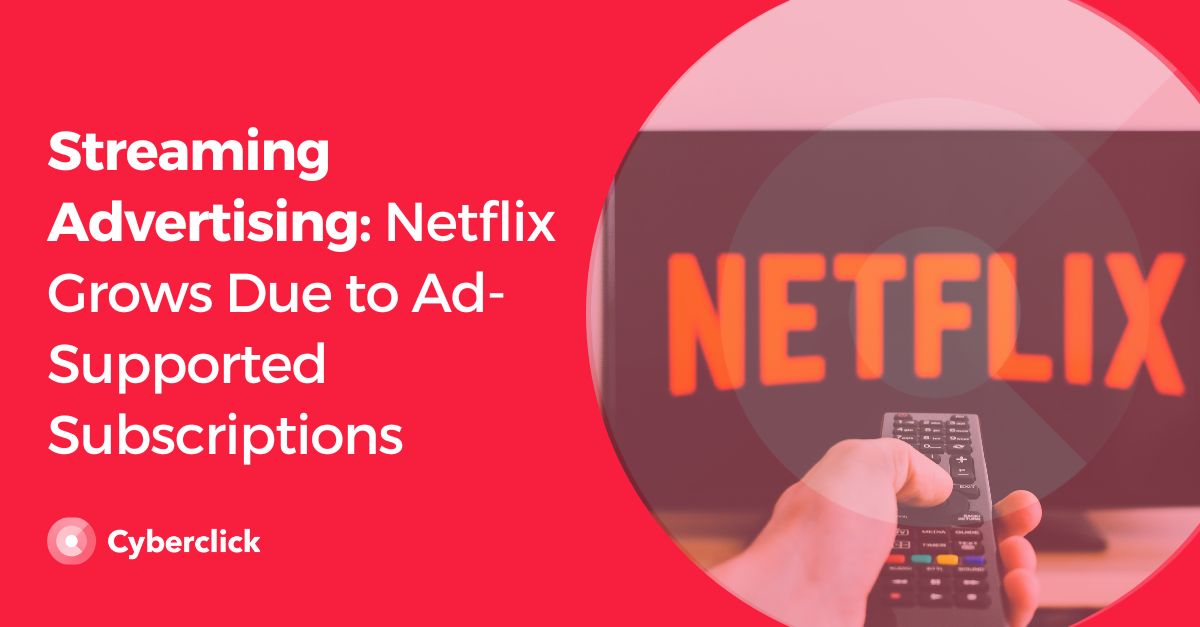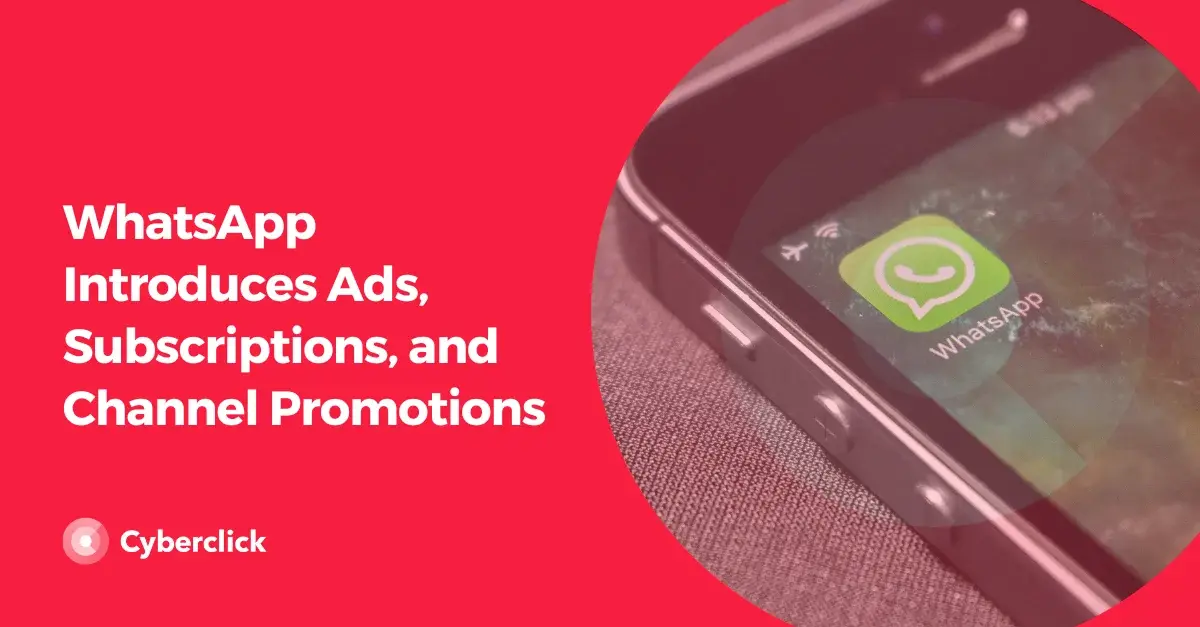Social media plays a key role in online strategies and is an essential part of brand positioning. Using SEO tools to appear at the top of search engine results is very important, but a company's online presence is not complete without being active on social media. This is where Social Media Optimization or SMO comes into play. Let's see what it consists of and how to put it into practice.
What Is SMO?
SMO stands for Social Media Optimization and refers to the set of strategies and techniques used to improve the visibility of a website or brand on different social media platforms.
SMO leverages social media in an environment where algorithms favor content from users' personal contacts instead of brands. Users are increasingly saturated with content, so creating posts that reach a specific buyer persona is a challenge.
Difference Between SMO, SEO, SEA, and SMM
To put SMO into context, you have to differentiate it from other acronyms related to a brand's SEO and social media strategy.
- SEO (Search Engine Optimization) is the set of strategies and techniques used to improve the positioning of a website on search engines. It employs a combination of techniques related to site optimization (on-page SEO) and improving external reputation and inbound links (off-page SEO). It usually takes some time for SEO to produce results, but it’s an excellent investment for long-term brand visibility.
- SEA (Search Engine Advertising) involves using paid tools to place ads on search engines. In most countries, the most widely used tool is Google Ads, which allows you to create advertising campaigns on Google. You pay per click or per a thousand impressions, so results are obtained much faster than with traditional SEO.
- SMM (Social Media Marketing) includes all paid and organic marketing actions within social networks. The latter includes tactics like sponsored posts or placing ads in different formats on social networks. One of its greatest strengths is the level of detailed segmentation it provides. By having a large amount of information on users, you can easily hit reach your target audience.
Benefits of Social Media Optimization
Let's take a quick look at the benefits that SMO can bring to your company:
- Greater visibility and reach: SMO is developed for a different channel than search engines, so it can reach users at different points in the customer journey.
- Improved SEO: Although they are different strategies, SMO can have a positive impact on SEO. By sharing relevant content to your target audience on social media, you make it easier to build external links to your website, which increases your website's relevance in search engines.
- Better budget utilization: Nowadays, almost all digital marketing budgets include a section for social media. Thanks to SMO, you can guarantee that this budget is used to the maximum to generate visibility and attract the best customers for your brand.
- Better integration of social media into your brand's ecosystem: By using SMO best practices, you can ensure that your content is distributed consistently across your brand's different digital channels.
- Less risk of saturation: Content marketing hasn’t stopped growing in recent years, which leads to the target audience becoming saturated with similar content. With SMO, you can find alternative solutions to make your content truly relevant and reach the audience that needs it most.
- Better customer relationship management: Social media allows you to have a direct relationship with your current and potential customers, which helps improve your brand image by showing your more human side and facilitating fast and agile customer service.
- Greater interaction with customers: SMO seeks to encourage direct interactions between the user and your brand through comments, likes, direct messages, and other reactions. This generates a closer link between your brand and the user and contributes to loyalty. At the same time, the more interactions a post receives, the more the algorithm will reward your brand by generating visibility.
Techniques for Applying Social Media Optimization to Your Brand
1. Choose the Right Social Media Platform
The first way to optimize your presence on social networks is to decide which platforms you are going to be on and why. The goal is to find your target's favorite platforms, which aren't necessarily the ones with the most global reach. You will have to thoroughly research your user’s internet usage habits.
Also, keep in mind that it’s better to be on fewer channels but with a more intense and optimized presence rather than trying to cover many without paying too much attention to them.
2. Create Relevant Content for Your Buyer Persona
Creating a complete buyer persona is essential in digital marketing. This representation of your ideal customer will help you better understand their needs and desires.
The buyer persona will help you to understand which posts, along with the appropriate format and tone of voice, will be most relevant to your target.
When creating content, also think about maximizing the possibility that users will share it, either for its usefulness and relevance, its ability to generate intense emotions, or because it has a compelling call to action.
3. Integrate Social Media With the Rest of Your Strategy
Social media can help you with a variety of tasks from expanding the reach of your website and blog posts to collecting audience opinions that help you improve your products.
You should use other brand channels at the same time to promote your social media presence. Add buttons with links to your social profiles in your emails, landing pages, and thank you pages.
4. Create a Continuous Flow of Content
To be successful on social media, consistency is key. You need to create a brand presence without large gaps of time inbetween your posts or overwhelming your audience with too much content.
The ideal frequency depends a lot on the network you choose. On LinkedIn, a few quality posts a week may be enough, while on Twitter, it’s normal to tweet several times a day. Temporary content, such as Instagram Stories, allows you to increase how often you post content.
It’s also important to have a consistent schedule and posting time for your contnet. For example, you can organize a live Q&A with your audience every Tuesday at 5 pm so the audience gets used to connecting at that time.
5. Find the Ideal Time and Day to Publish
There has been a lot of research done on the ideal time to post on social media. The conclusion is that there is no universal time that fits all cases, but there are a number of factors to take into account:
- In general, the more users that are connected, the more reach your post can have. Study the usage patterns of each social network to identify the peak hours, since habits may be different on LinkedIn compared to Instagram.
- Experiment with your brand. Schedule similar posts at different times and analyze the results over time.
- Remember that scheduling posts in advance allows you to reach peak viewing times without additional effort.
- Finally, take into account the time zone in which your target audience lives. In the case of brands that publish in Spanish, you may be interested in targeting an audience in Spain and Latin America. In that case, posts made during the Spanish afternoon-evening will reach America at a time when those users are also active on the platform.
Video Content & Marketing Strategist. Experto en producción audiovisual y estrategias de contenido y análisis en YouTube.
Video Content & Marketing Strategist. Expert in audiovisual production and content and analysis strategies on YouTube.







Leave your comment and join the conversation